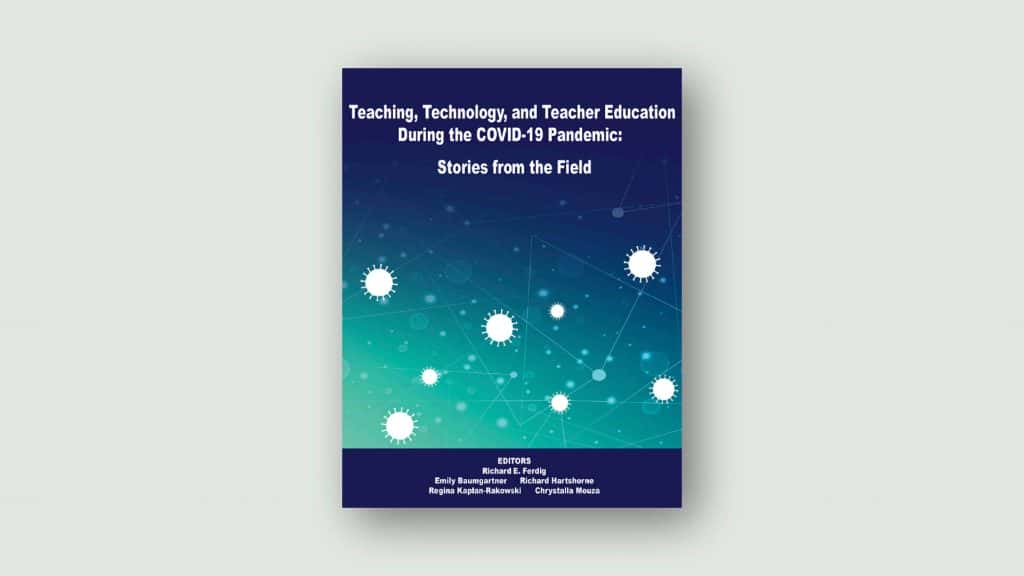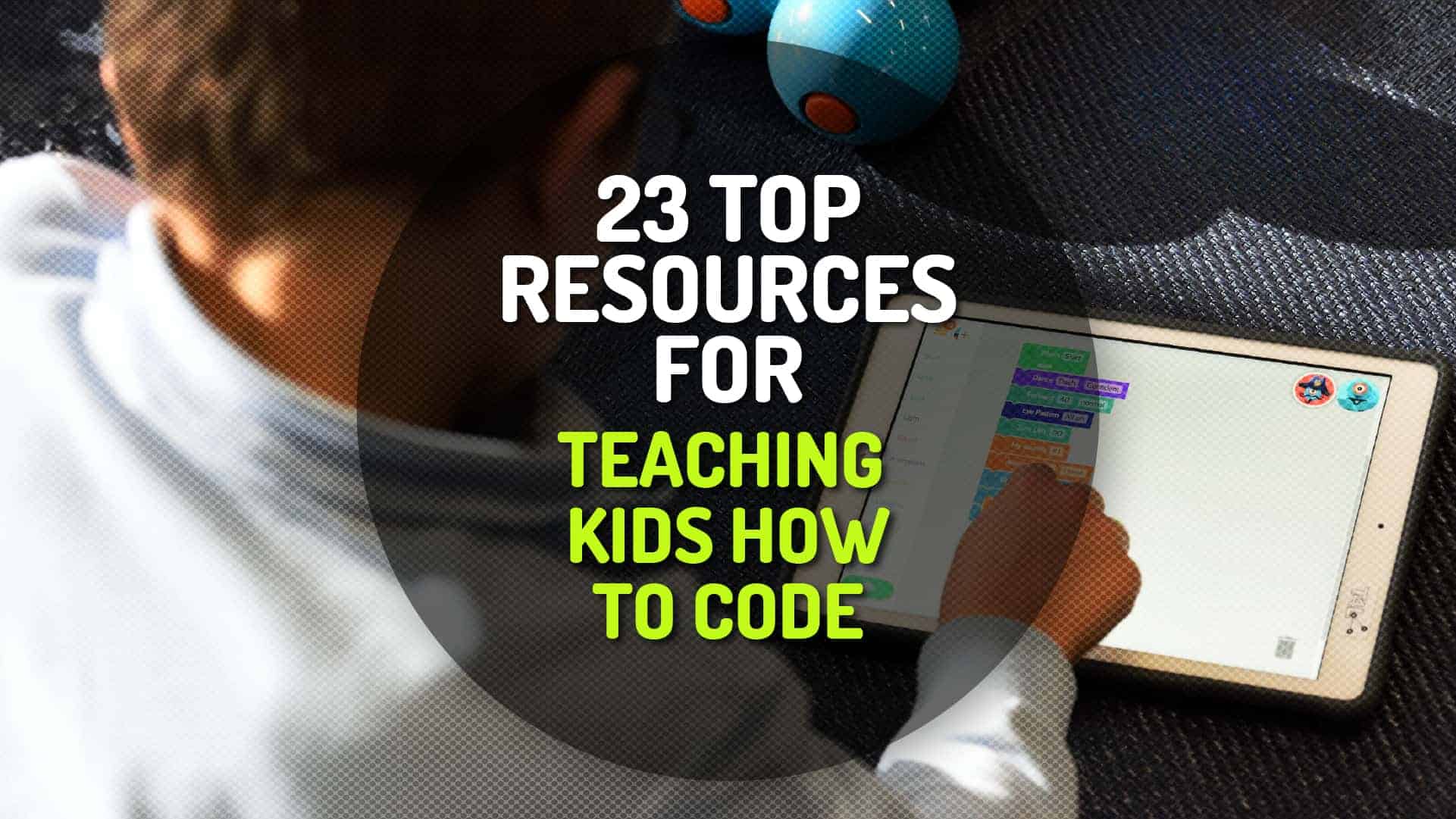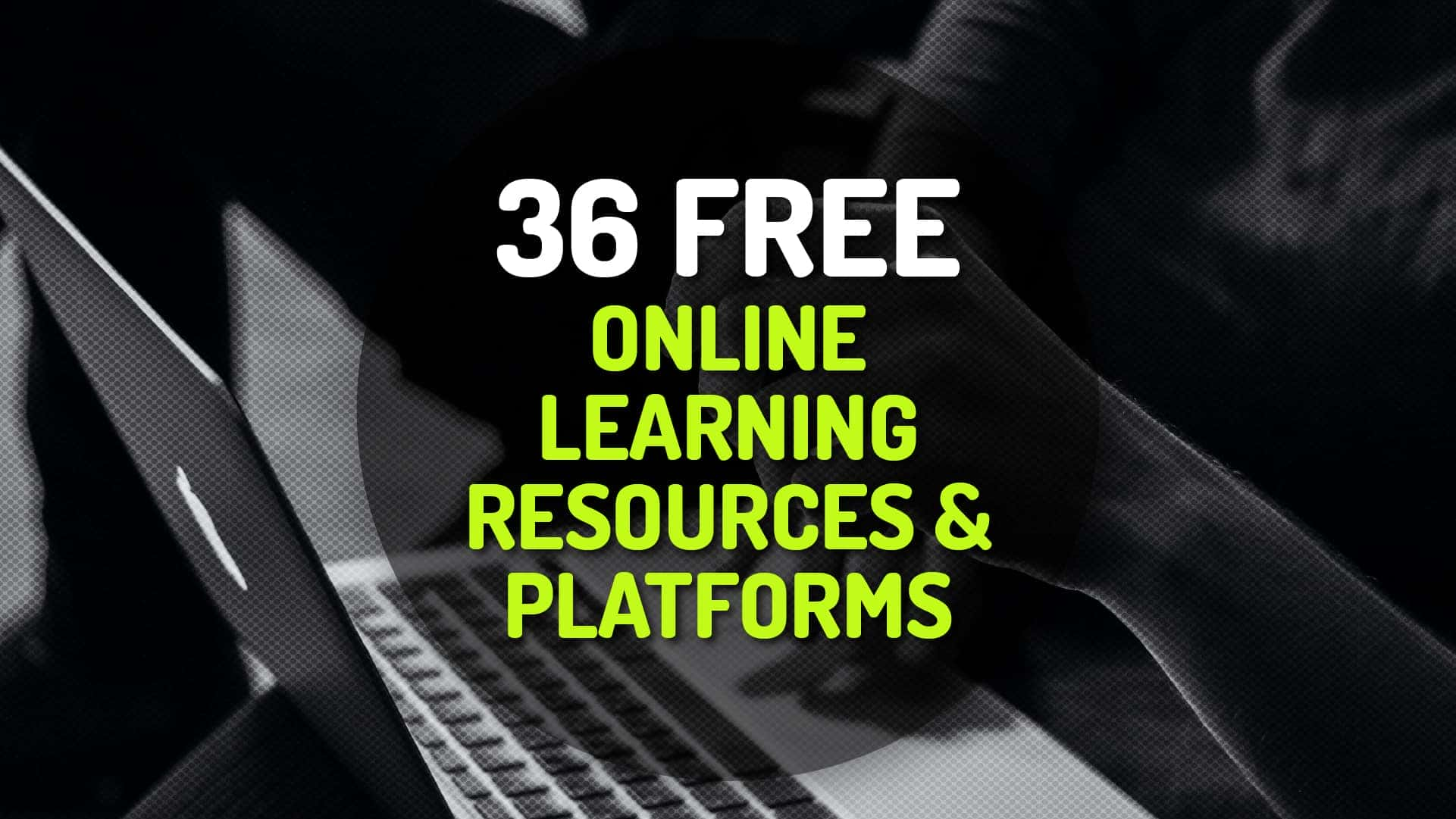The COVID-19 pandemic significantly impacted education, forcing teachers and teacher educators into emergency, remote instruction. While there were noted challenges, there also were global success stories of innovation in preparing current and future teachers. This AACE and SITE-published, open access eBook contains 133 chapters with over 850 pages documenting best practices, strategies, and efforts by teacher educators, professional developers, researchers, and practitioners. It is divided into seven sections that address pedagogy, collaboration, field experiences, preservice education methods, professional development, digital tools, and equity issues. Chapters are presented as innovations with supporting materials that could be easily replicated or studied.
The COVID-19 pandemic brought frightening headlines. Each day dawned with news highlighting the number of cases (and deaths), the contagiousness of the disease, the lack of a cure or vaccine, and the scarcity of personal protective equipment for our healthcare and other frontline workers. One of the few positives was the speed at which many global partners joined to battle the disease. Academic researchers and even academic journals joined in the fight. For instance, in addition to giving open access to articles, many medical journals switched to a speedier review to be able to quickly publish promising results. So, as researchers were making early discoveries, they had a way to bypass a traditionally lon-ger review and publication process to give hope, share building blocks, and encourage collaboration.
At the beginning of April (2020) we began a conversation with editors of journals including TechTrends (Chuck Hodges) and the Journal of Computing in Higher Education (Stephanie Moore). We knew three things. First, we knew that many education and technology journals would probably invite and publish special issues of articles in 9-24 months. These articles would be retrospectives detailing what happened, what was implemented, and what worked (or did not work). Second, we knew that COVID-19 would probably last a while, and that although future journal articles would be tremendously helpful, we needed to publish work that would immediately impact people. Although ‘emergency instruc-tion’ was getting people through their spring classes, there was a very high likelihood that they were going to need sup-port and advice in the summer and into the fall (and perhaps beyond). Thus, in addition to support in the next 24 months, they needed help right away.









